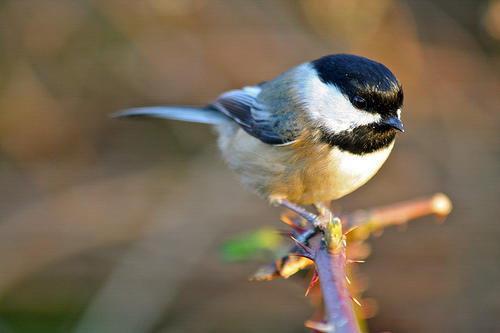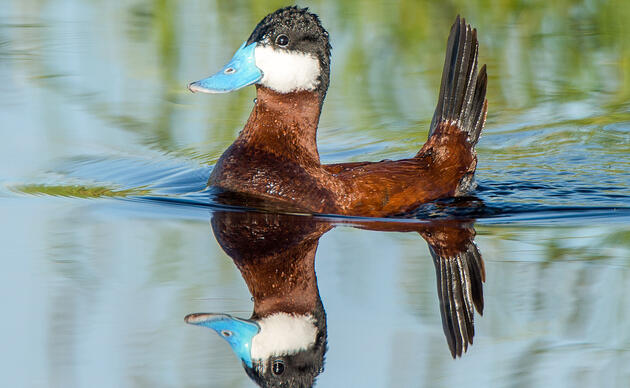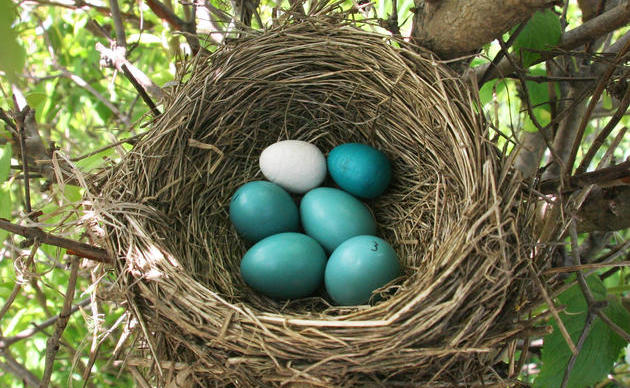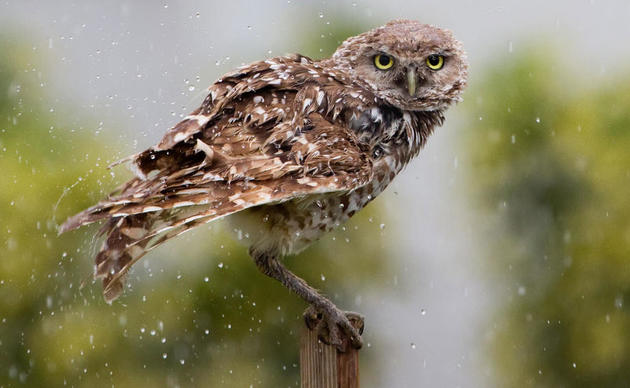Audubon, Pennsylvania (3/27/18)—“Audubon PA applauds our regional congressional delegation for assuring that the Omnibus bill includes, for the first time ever, a federal allocation to support projects that protect and restore the Delaware River watershed. This watershed is essential habitat for dozens of critical bird species, provides recreational and economic development opportunities for residents of 4 states, and drinking water for millions of people. We will work now to make sure that this $5 million down payment is the first of many needed investments in this vital watershed,” said Greg Goldman, Audubon Pennsylvania’s Executive Director, in response to Congress passing the spending package that includes increased support for important conservation programs.
Funding remains stable or increased for several key conservation programs across multiple federal departments. Highlighted examples of wins for birds and the places they need below:
Department of Agriculture
- No cuts to the Environmental Quality Incentives Program, which supports important working lands conservation, including water conservation efforts along the Colorado River, helping birds like the western Yellow-billed Cuckoo and the southwestern Willow Flycatcher.
- $150 million for the Watershed program and includes important policy changes to support projects along the Colorado River.
- Increased support for the Natural Resources Conservation Service, which supports private landowners who want to protect habitat on their property.
Environmental Protection Agency
- Increase or level funding for EPA geographic programs all across the United States: including 50 percent increase for Long Island Sound and a 47 percent increase for the Gulf of Mexico.
- Increases to the Clean Water and Drinking Water Revolving Funds.
Department of the Interior
- $5 million in support for projects that protect and restore habitat in the Delaware River watershed for the first time.
- An increase to the Land and Water Conservation Fund, which has supported conservation projects in every county in the United States.
- 42 percent increase for WaterSMART Grants (to $34 million), and 38 percent increase to WaterSMART overall ($104 million). The WaterSMART funding level has now more than doubled since fiscal year 2015. WaterSMART funds projects that sustain water resources, helping communities and ecosystems in the arid West.
- Reauthorizes Emergency Drought Relief Act through 2020 and lifts spending cap to $120 million.
- Stable support for the National Wildlife Refuge System.
- Level funding to support sagebrush steppe restoration, which is key for protecting the Greater Sage-Grouse and more than 350 other species of wildlife.
- Instructions to the Department of the Interior to prioritize the implementation of the Salton Sea Memorandum of Understanding and include funding requests in future budget proposals.
Department of Energy
- Increases to wind and solar programs in the the Office of Energy Efficiency and Renewable Energy. Switching to responsibly sited and operated renewable energy is key to protecting birds from climate change, their number one threat.
- An increase in funding for the Advanced Research Projects Agency-Energy (ARPA-E), which is tasked with the development of innovative energy technologies.
Policy Riders
- Birds dodged harmful riders that would have negatively impacted the Tongass National Forest, the largest remaining old-growth rainforest in North America, the Endangered Species Act and the Clean Water Act.
- The bill includes an important fix to the way wildfire suppression and restoration are funded at land management agencies that will allow for more restoration activities.
- Implements important limits on new border wall construction, including preventing construction in Santa Ana National Wildlife Refuge along the U.S.-Mexico border.
The National Audubon Society protects birds and the places they need, today and tomorrow, throughout the Americas using science, advocacy, education and on-the-ground conservation. Audubon's state programs, nature centers, chapters and partners have an unparalleled wingspan that reaches millions of people each year to inform, inspire and unite diverse communities in conservation action. Since 1905, Audubon's vision has been a world in which people and wildlife thrive. Audubon is a nonprofit conservation organization. Learn more how to help at www.audubon.organd follow us on Twitter and Instagram at @audubonsociety.
Contact: media@audubon.org.
How you can help, right now
Donate to Audubon
Help secure the future for birds at risk from climate change, habitat loss and other threats. Your support will power our science, education, advocacy and on-the-ground conservation efforts.
Become a Monthly Donor
Donating monthly is flexible, easy and convenient and makes you a champion birds can count on, no matter the season.







